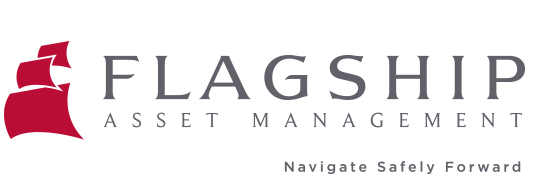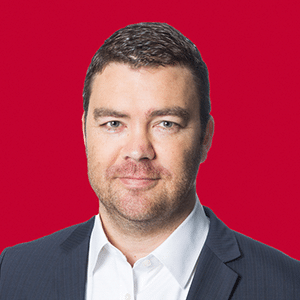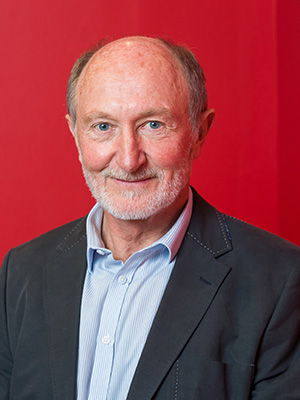
05 Aug Rolls-Royce: The five-bagger of offshore stocks
Flagship Asset Management, which added the aero-engine manufacturer in 2023, has seen its value rise exponentially.
As published on CityWire 4 August 2025
Flagship Asset Management has seen significant returns after making Rolls-Royce the second-largest holding in its funds after Blue Label Telecoms, just two years after entering the position.
The stock, which surged by nearly 500% since, initially began as a turnaround play before evolving into a conviction holding, Flagship portfolio manager JD Hayward told Citywire South Africa.
‘It started off in 2023 as a fairly small position. But as is our process, we like to let our winners run. And this has been one of those winners that has performed really well for us,’ he said.
Hayward and his co-manager, Philip Short, added Rolls-Royce to both the Flagship IP Worldwide Flexible and the Flagship Global Equity funds.
We’ve basically held Rolls-Royce in the fund since Short and I took over management of the Worldwide Flexible fund on 1 August 2023.’
He added that the stock gained about 10% in a single day following its earnings release on 31 July. ‘It was good news,’ said Hayward.
A ‘self-help’ story
The case for the investment, he explained, was rooted in both the post-Covid recovery of the aviation sector and internal improvements at the company.
‘In 2023, we were still in the recovery phase for the aviation market after Covid-19. They lost almost all revenue because flying hours just completely disappeared,’ he said.
In addition, ‘pre-Covid, they had some issues with what’s called the Trent 1000 engine – basically, the blade wore out too soon. That was a big issue’.
He noted that Rolls-Royce had been underperforming General Electric in their wide-body aircraft engine duopoly.
Hayward pointed to management changes and operational improvements as key drivers of change.
‘There was a bit of a self-help opportunity. There’s always been an opportunity for them to improve their margin profile. They’ve now become pretty successful at that,’ he said.
Segmental performance and outlook
He broke the business down into four segments.
‘Around 50% of Rolls-Royce’s business is civil aerospace. Then they’ve got the defence segment, which is around 25%. Then you’ve got power systems, which is also around 25%. And then the last one they call “the new markets”.’
The company’s core civil aerospace business is its ‘crown jewel’, according to Hayward. ‘They’ve got an absolutely massive order book. The real margin is in the service agreement segment, and that’s really a very solid, sticky part of the business.
‘It’s a very low-volume, high-value business. They’ve got around 50% market share of all new orders and about 40% of the current installed base.’
In addition, defence is currently at the forefront – especially in Europe, according to Hayward. ‘We’ve seen massive step changes in terms of the spending plans by European governments. Rolls-Royce obviously stands to be a beneficiary of that.’
He also highlighted the company’s exposure to growing demand in data centre infrastructure and AI through its power systems unit. ‘You’ve got energy production, storage, the increase in the number of data centres, and the advent of AI almost now becoming a driver for it.’
Finally, Hayward described the company’s new markets division, which focuses on small modular nuclear reactors (SMRs), as a future growth option. ‘It’s not yet a big part of the business, but the opportunity is immense,’ he said.
He noted that SMRs are projected to be profitable and free cashflow positive by 2030.
‘In the UK, they’ve currently got about six gigawatts of nuclear power. They’ve got a target of 24 gigawatts by 2050. Rolls-Royce is the leader over there.’
‘So yes, we see some catalysts – all these aspects that we really like – in each of the four segments of the business.’


















